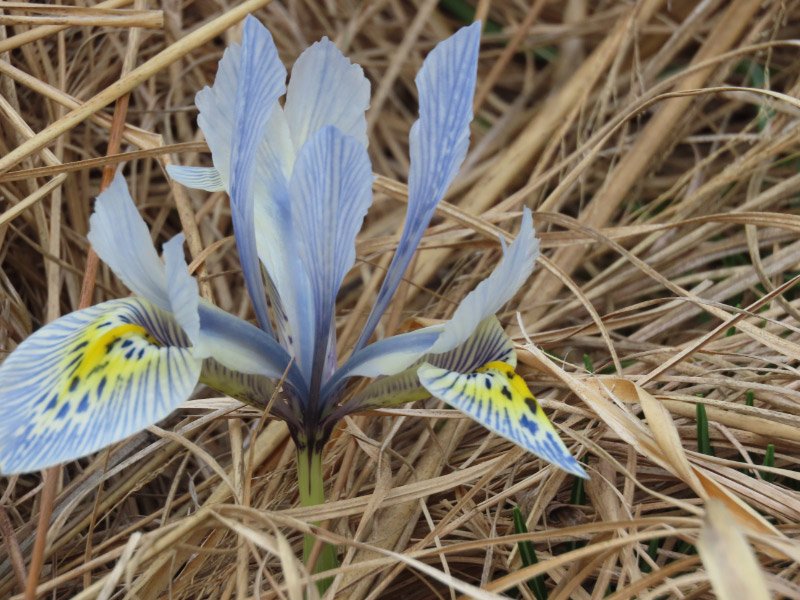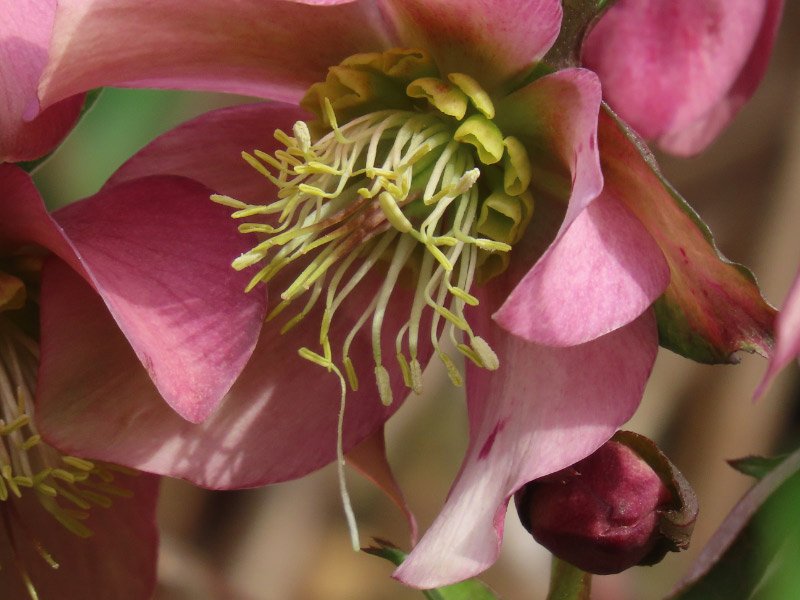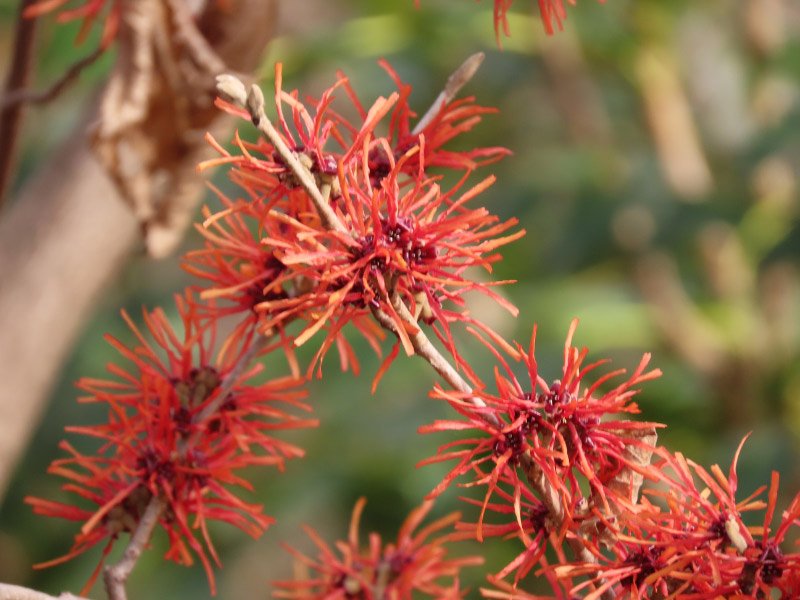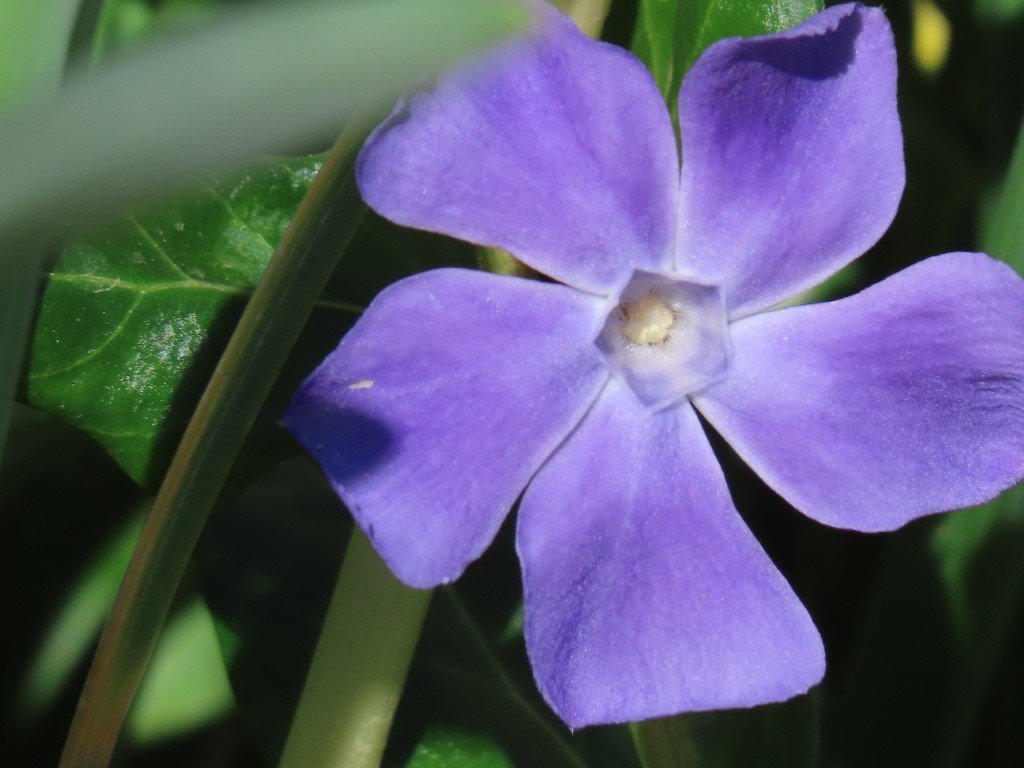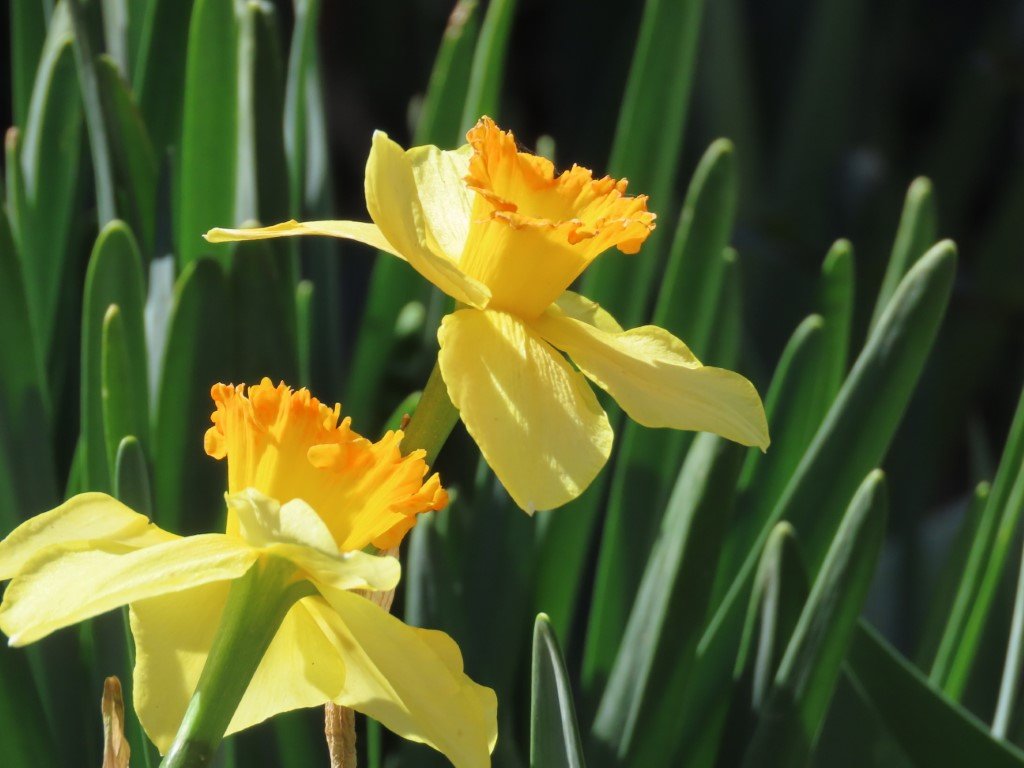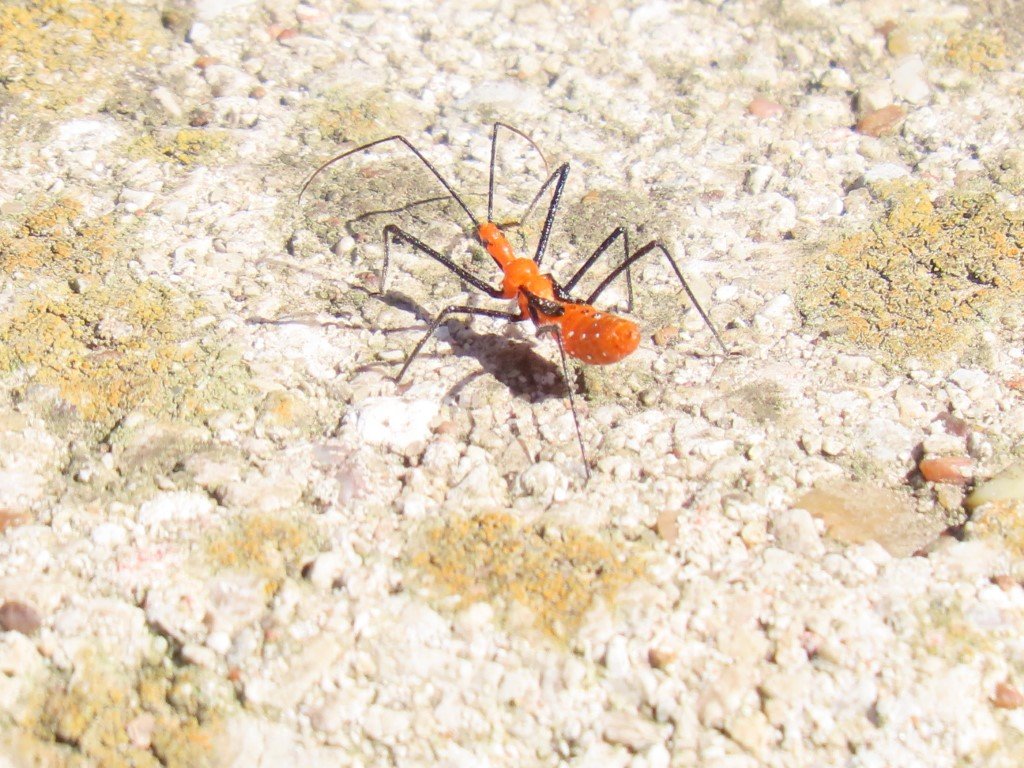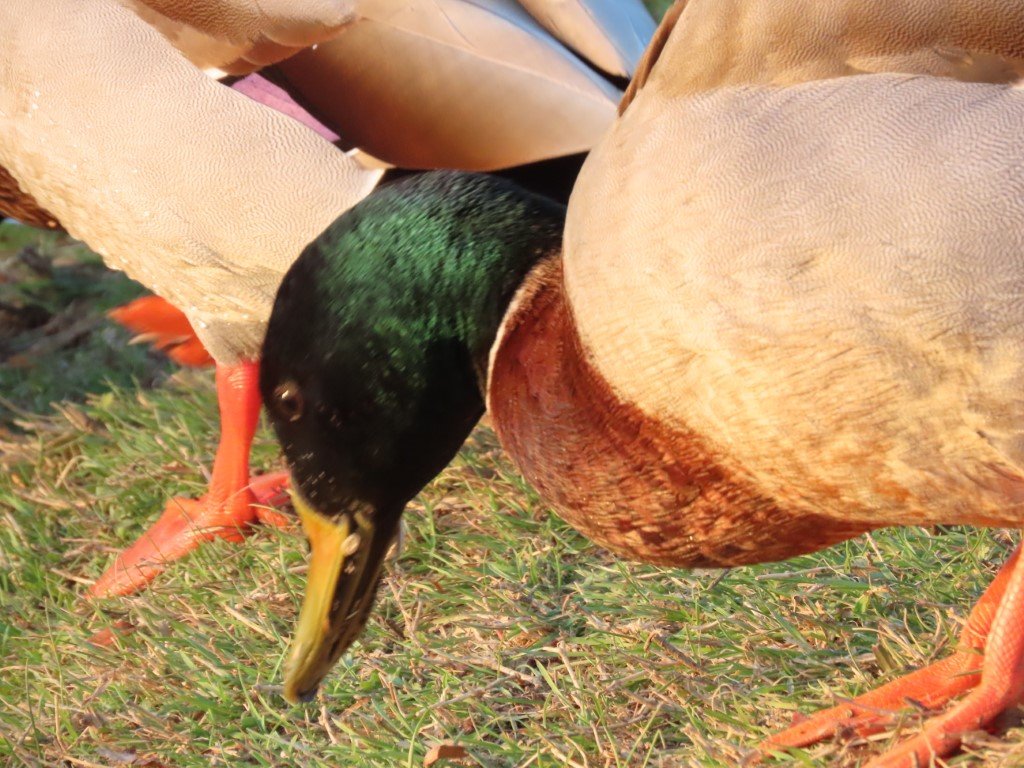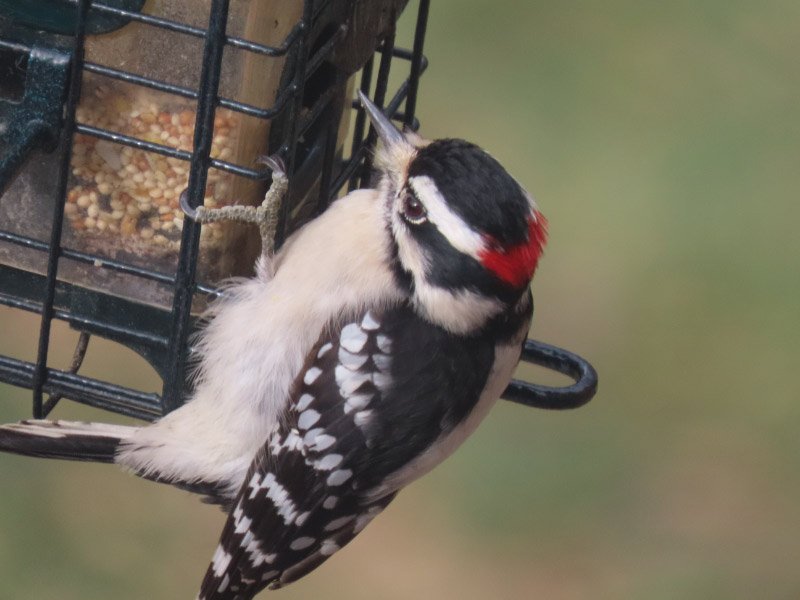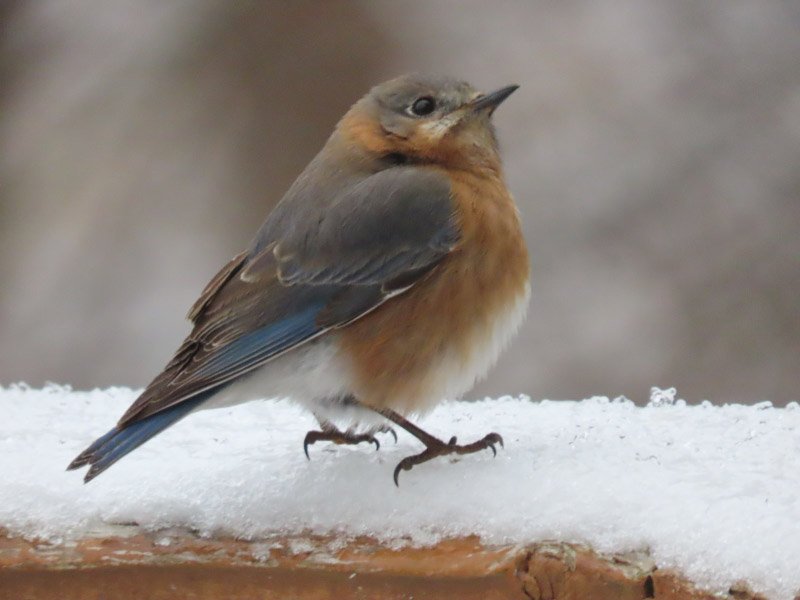Gleanings of the Week Ending April 16, 2022
/The items below were ‘the cream’ of the articles and websites I found this past week. Click on the light green text to look at the article.
Purple gallinule with chicks – I remember seeing an adult purple gallinule on a birding field trip in Florida. Aren’t the chicks cute? Little black fluffs.
Reproductive factors and dementia risk – Hurray! My life events skew toward reduced dementia risk…according to this study.
Macro photos reveal the often unseen beauty and diversity of slime molds – Hmmm…maybe I should hone my observational skills to find these on my next hike…attempt some macro photography of them.
As EV Sales Soar, Automakers Back Higher Fuel Standards – So glad that industry is finally onboard…projecting a ‘we can do it’ attitude. I’d rather society take action…build some optimism into our view about the future rather than being depressed by trends that seem dystopian.
Beginner’s Tips for Identifying Backyard Bird Nests – It’s the nesting time of year! Look…id…don’t disturb!
Ozone may be heating the plant more than we realize – We’ve been concerned about ozone in the upper atmosphere for years (hence the Montreal Protocol) but this study also points to ozone in the lower atmosphere (caused by chemical reactions between pollutants like vehicle exhaust fumes and other emissions) as contributing to climate change as well. Until now, we thought of lower atmosphere ozone as a health problem (I get headaches if I am outdoors on a high ozone day, for example). This research says that it also is contributing to climate change by affectioning ocean heat uptake.
American Lung Association Says EVs Save Lives – Good for our health….and also for the planet. I also noted that where I live now is in the American Lung Associations Tops 10 US urban areas at risk from airborne pollution…another reason to move away from this area!
New Technology Employed to Protect Pompeii – A four-legged robot used to gather data on structural and safety issues.
Flamingo that escaped from a zoo in Kansas is spotted once again in Texas 17 years later – The flamingo is a species from Tanzania….and must be a very lonely bird.
Brain charts for the human lifespan – Normative trajectories derived from over 100,000 MRI scans that allow quantification of individual variation. Figure 1 in the post can be enlarged by simply clicking on the image.






